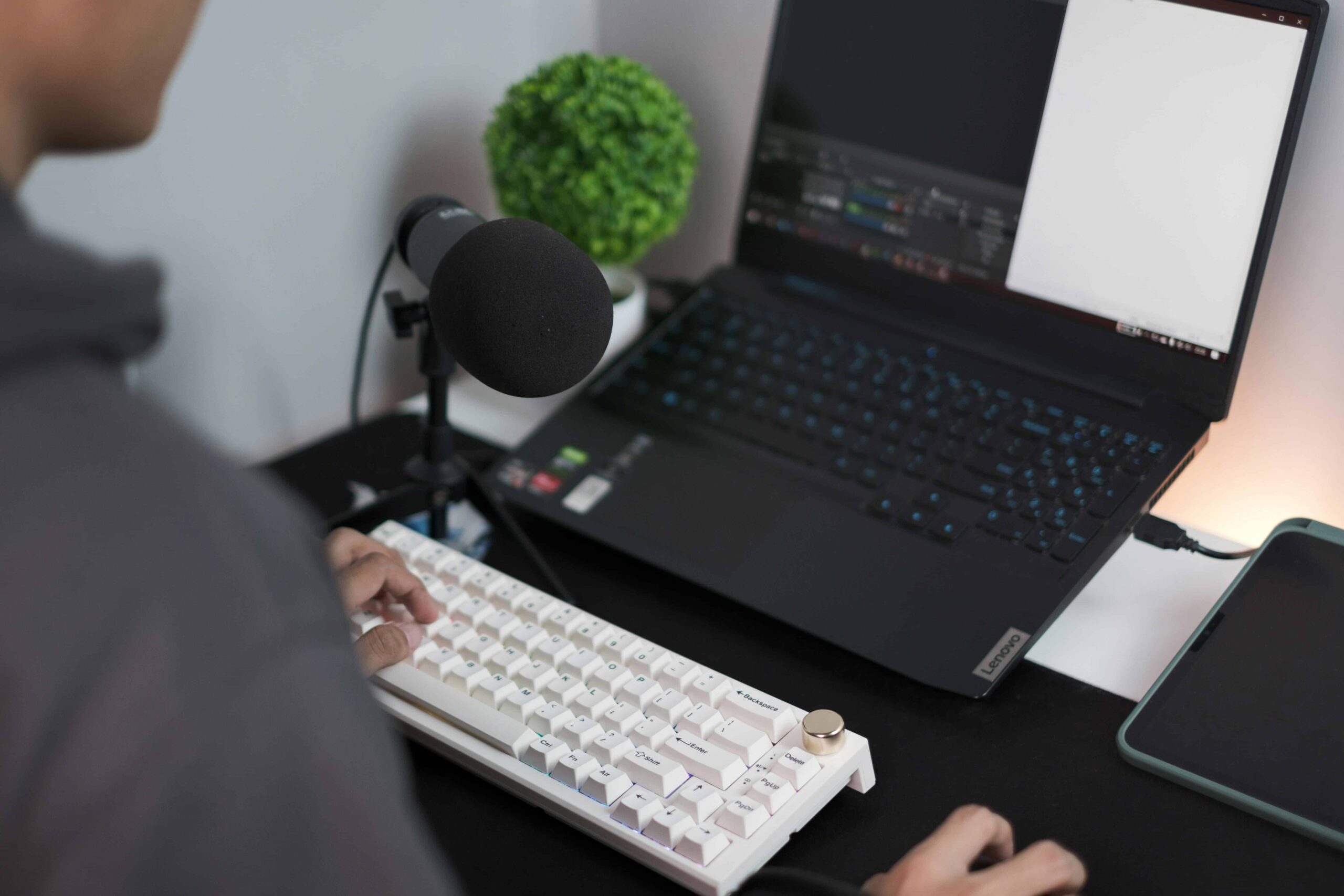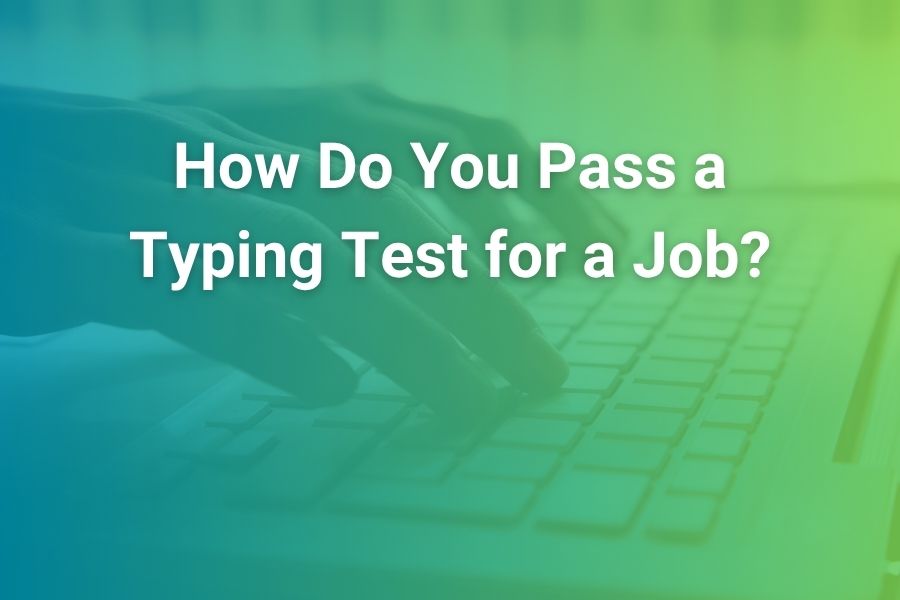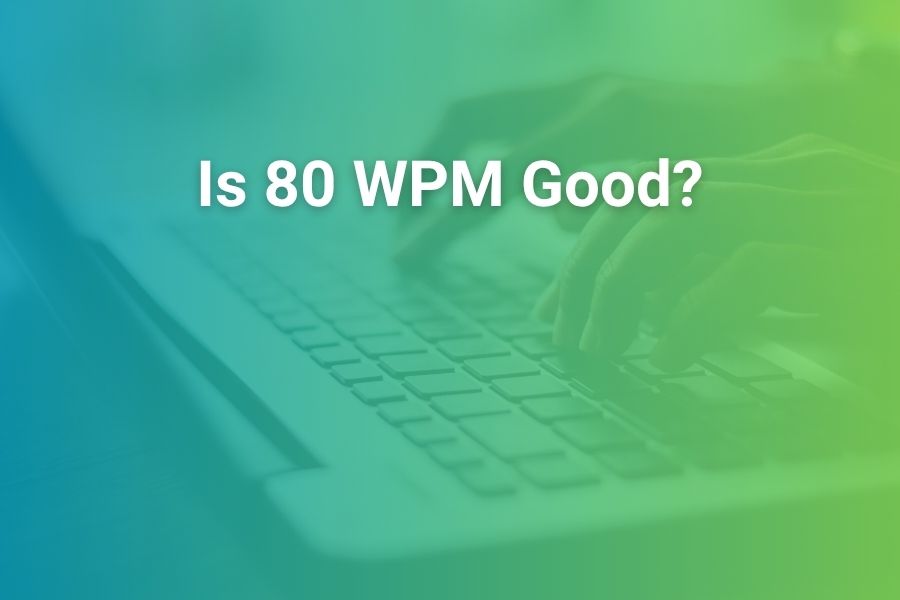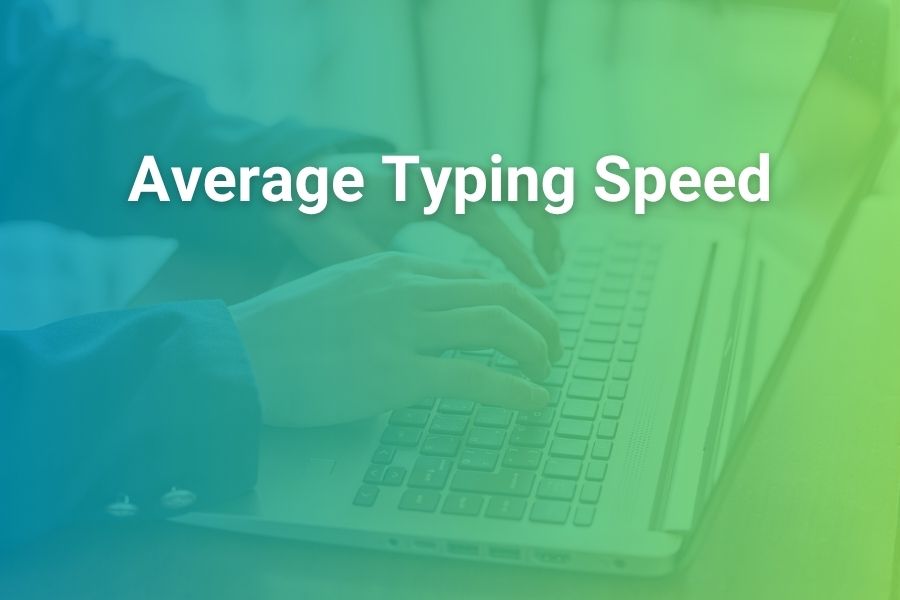
Typing speed is a key factor in productivity, especially for professionals who spend significant time typing. But what is considered a high typing speed? While there is no one-size-fits-all answer, understanding the benchmarks for different jobs and industries can help set realistic goals. Whether you’re a data entry specialist, writer, or casual typist, knowing what counts as a high typing speed for your tasks can drive your improvement.
In this article, we’ll explore what qualifies as a high typing speed, how it varies across industries, and why improving your typing speed is important. We’ll also provide actionable tips to help you increase your typing speed, making you more efficient in your work. Let’s dive into the world of typing speed and see where you stand.
What Is a High Typing Speed?
A high typing speed is typically considered to be 80 WPM (words per minute) or higher. For most office work, a typing speed of 60-80 WPM is sufficient, but in typing-intensive roles such as data entry, transcription, or programming, speeds of 80-100 WPM or more are often required to meet the demands of the job. Professional typists or those in fast-paced environments may aim for speeds above 100 WPM to stay competitive and efficient. Typing speed can be improved with practice, accuracy, and the use of typing software.
What Is Considered a High Typing Speed?
A high typing speed is typically considered anything above the average range of 40-50 words per minute (WPM). For most office workers, a typing speed of 60-80 WPM is more than sufficient for completing common tasks like typing emails, writing reports, and managing general administrative duties. This range allows for efficient work without feeling pressured for speed.
However, certain professions that require more typing-intensive work, such as transcription, data entry, or coding, often require typing speeds of 80-100 WPM or higher to keep up with the demands of the job. These fields rely on quick input of large volumes of text or data, making a faster typing speed essential for productivity.
For those in competitive typing environments or high-speed professions, speeds above 100 WPM are considered exceptional. Typists who can consistently reach 120-150 WPM are highly valued in roles that require rapid data entry or transcription. These professionals can work more efficiently, completing tasks in less time and with fewer errors. As such, having a typing speed above 100 WPM can be a significant advantage in careers where time is critical and efficiency is key.
Why Does Typing Speed Matter?
Typing speed is more than just a measure of how fast you can type; it plays a key role in your productivity and success. Here’s why typing speed matters and how it can benefit your work.
Impact on Productivity
Typing speed has a direct impact on how quickly tasks are completed. Whether you’re responding to emails, drafting reports, or entering data, the faster you type, the more efficiently you can finish tasks. This increased efficiency not only saves time but also helps reduce stress by allowing you to manage your workload more effectively. As your typing speed improves, you’ll find that you have more free time and can handle tasks with greater ease, ultimately boosting overall productivity.
Role in Professional Success
In typing-heavy professions like data entry, transcription, or programming, high typing speed is essential for success. These roles often require the processing of large amounts of information within tight deadlines. A higher typing speed ensures that professionals can keep up with the demands of their jobs without sacrificing quality or accuracy. It allows them to complete their work faster, meet deadlines more consistently, and stay competitive in their field.
Improved Accuracy with Speed
While typing speed is crucial, it should never come at the expense of accuracy. In fact, improving typing speed often leads to better accuracy as you become more familiar with the keyboard. Faster typists develop muscle memory, which reduces errors and allows for smoother, more precise typing. By focusing on both speed and accuracy, you can greatly enhance your overall typing performance.
How to Measure Your Typing Speed?
Typing speed is commonly measured in words per minute (WPM). To calculate your WPM, divide the total number of characters typed by five (the average number of characters per word), and then divide that number by the time it took to type. For instance, if you typed 500 characters in 5 minutes, your typing speed would be 100 WPM.
There are several websites available, such as 10FastFingers and TypingTest.com, that allow you to test your typing speed. These websites offer timed tests that give you immediate feedback on your performance, making it easy to track your progress over time. Regular testing can help you identify areas for improvement, whether it’s increasing speed or improving accuracy. By regularly measuring your typing speed, you can set goals and monitor your growth, which is essential for anyone looking to improve their typing skills. Regular practice and testing will ultimately help you become a more efficient typist.
How to Improve Your Typing Speed?
Improving your typing speed can make you more efficient in both personal and professional tasks. Here are some effective strategies to help you type faster and more accurately.
- Practice Touch Typing: Touch typing is one of the most effective ways to increase typing speed. By typing without looking at the keyboard, you can build muscle memory, which allows you to type faster without thinking about the location of the keys. Consistent practice with proper techniques will help you type faster and more efficiently, making you a more skilled typist over time.
- Use Typing Software: There are various typing programs and games designed to help improve typing speed. Tools like TypingMaster, Keybr, and 10FastFingers offer structured lessons, exercises, and challenges that track your progress and provide feedback. These platforms are engaging and provide an interactive way to enhance your skills, making the process both fun and productive.
- Focus on Accuracy First: While speed is important, accuracy should always come first. The more accurately you type, the faster you’ll be able to type in the long run, as you’ll avoid wasting time on corrections. Once accuracy becomes second nature, your typing speed will naturally improve as well.
How High Typing Speed Benefits Different Careers?
Typing speed can have a significant impact on your efficiency and productivity across various careers. Here’s how having a high typing speed benefits different job roles.
Office Work and Administration
In general office tasks, a typing speed of 60-80 WPM is considered ideal. Professionals with this typing speed can efficiently process emails, write reports, and handle documentation. With the ability to type quickly, office workers can complete tasks in less time, enhancing productivity and allowing them to focus on more critical work. A higher typing speed also reduces stress and helps meet deadlines more consistently.
Data Entry and Transcription
For professions like data entry and transcription, high typing speeds are essential. Speeds of 80-100 WPM are required to keep up with the volume of information that needs to be processed quickly and accurately. These fields involve typing large amounts of text or data, and a higher typing speed ensures that workers can maintain a high level of efficiency while minimizing errors. The faster you type, the more data you can input, making you more effective in your role.
Programming and Coding
While typing speed isn’t as crucial in programming as in other professions, it still plays a role in overall efficiency. Faster typists can write and debug code more quickly, which allows them to focus on solving problems and building software rather than being slowed down by slow input speeds. Efficient typing speeds can lead to a more streamlined workflow, helping programmers save time during development processes.
Final Remarks
A high typing speed generally refers to speeds above 80 WPM, especially for jobs that require intensive typing, such as transcription or data entry. For most people, achieving a typing speed of 60-80 WPM is sufficient for general office tasks. However, with consistent practice and a focus on accuracy, you can improve your speed over time. Whether you’re looking to increase your personal productivity or excel in a typing-intensive career, enhancing your typing speed can significantly boost your efficiency. A faster typing speed allows you to complete tasks more quickly, reduce stress, and meet deadlines with ease, making it a valuable skill in today’s fast-paced work environment.
FAQ’s
What is a good typing speed for general office work?
A typing speed of 60-80 WPM is generally considered good for office work, allowing for quick document creation and efficient communication.
How can I improve my typing speed?
Practice touch typing, use typing software, and focus on accuracy first. Consistency is key to improving your speed over time.
Is 100 WPM fast enough for a professional typist?
Yes, 100 WPM is considered an excellent speed for a professional typist. Many transcription and data entry jobs require speeds of 80-100 WPM.
Does typing speed affect productivity?
Yes, faster typing speeds allow you to complete tasks more quickly, leading to improved productivity and efficiency in your work.
How often should I practice to increase my typing speed?
Aim to practice daily for 15-30 minutes. Consistent practice helps build muscle memory and improve both speed and accuracy over time.









